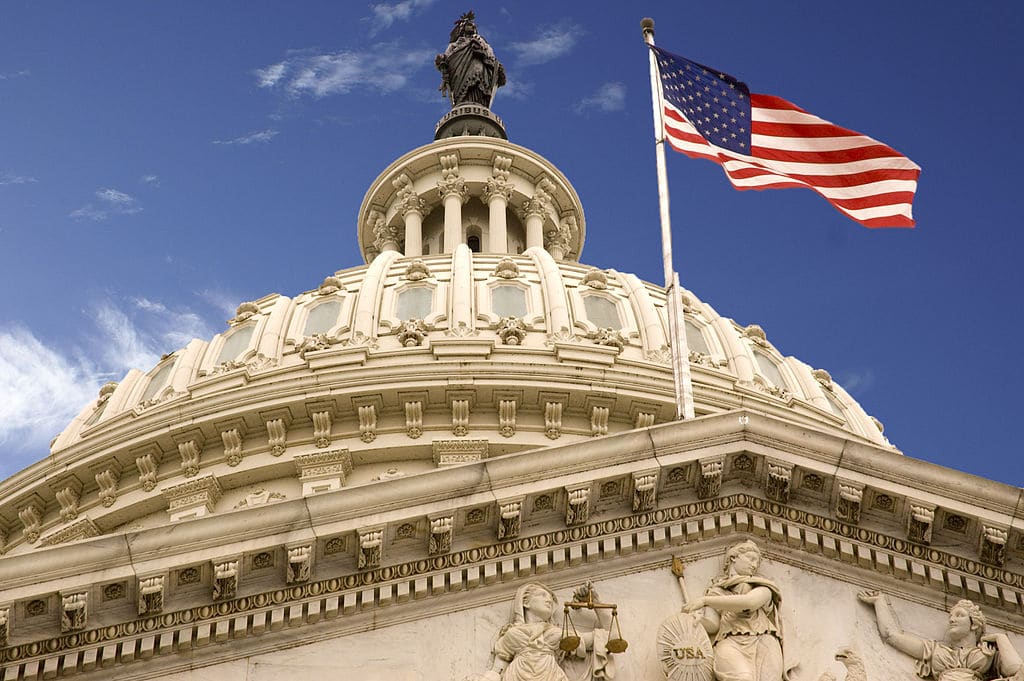L R AS Published on Saturday 24 February 2024 - n° 477 - Categories:the American PV
Three aspects of the PV 2024 industry in the United States

The US Clean Energy Associates (CEA) is very confident that PV growth will continue and that new online solar factories will emerge. These units, or those under construction in South-East Asia, should reduce the price gap between American panels and world prices. At the same time, there will be a reduction in the hold of Chinese companies over the US market.
Three trends will develop:
1°) More US factories
The number of panel construction announcements since the IRA announcement brings annual capacity to 140 GW. Even if not all the plants are built, the expansion will be massive. The CEA is monitoring equipment deliveries.
Eight different manufacturers, which together represent more than 20 GW of new capacity, have received equipment in 2023. This includes ongoing expansions at Qcells and First Solar. 35 GW of panel capacity will be operational by the end of this year. This is 4.5 times the industrial capacity in operation at the end of 2021. This will increase buyer choice and reduce existing trade barriers. International companies will supply the US market.
Cell production will be slower to develop. It will also be less supplied. The first cell production will come on stream in 2024.
For ingots and wafers, the future is less promising. There is little credible plan for the experience that is essential to obtain financing. This means continued dependence on China and South-East Asia for solar wafers.
2)° The domestic content bonus
The US Treasury Department's May 2023 draft rules on the domestic content bonus for obtaining the and the production tax credit, have proven difficult - to say the least - for US solar developers. The definition of minimum domestic content is still unclear. The Treasury's use of "direct costs" to calculate compliance with the minimum part of the manufactured product has been particularly controversial, as some solar energy manufacturers have refused to share this information.
The CEA hopes that the new rules will indicate how electrical balance of systems (eBOS) and aluminium shelving will be classified under the two domestic content tests; and whether eBOS will be taken into account when calculating domestic content for manufactured products.
3°) More restrictions on Chinese companies and products
The application on forced labour for Uighurs disrupted imports into the United States in 2022 and 2023. New attempts to restrict the participation of companies with Chinese ownership or affiliations in the US battery and electric vehicle market were observed in 2023.
The strict interpretation proposed by the US Department of Energy (DOE) excludes vehicles that qualify for the main US federal incentive for new electric vehicles. If this interpretation is accepted, it would prohibit the Chinese from supplying components or materials to electric vehicles that benefit from this credit.
The US Army is prohibited from purchasing batteries from the six largest Chinese battery manufacturers.
These restrictions will continue or increase in 2024. UFLPA battery detentions would target the largest manufacturers. This could affect solar deployment in California, Texas and other markets where solar power is increasingly associated with energy storage. The legislation also provides for the possibility of directly restricting the ability of Chinese companies to receive IRA tax credits, including the Section 45X credit.
4°) What US regulations in 2025?
The November 2024 elections could lead to major policy changes that would affect solar markets and manufacturing by 2025. Already a bill to remove the IRA extension from the Investment Tax Credit (ITC) and the Production Tax Credit (PTC) has been rejected by the Senate. There is a possibility that the ITC and PTC could be abolished in 2025. This would lead to cancellations of large-scale solar and storage projects. It would also derail many solar and battery factories whose only business model is to serve a growing US market.
Both parties have agreed to restrict Chinese companies' access to US subsidies. The CEA expects that, even without an ITC or PTC, new import and investment restrictions will be imposed on Chinese companies, products and/or investors. This would happen regardless of who wins the November 2024 elections.
US solar deployment is still at a record level and is expected to continue at this pace at least until the end of this year. However, there is a risk of political upheaval that could radically alter market conditions.
https://www.pv-tech.org/three-us-solar-trends-to-watch-in-2024/
PV Tech of 22 February 2024
Editor's note The IRA was a turning point in American politics. It clearly identified China as the priority enemy. Since then, we have been declining all measures to free ourselves from this domination.




